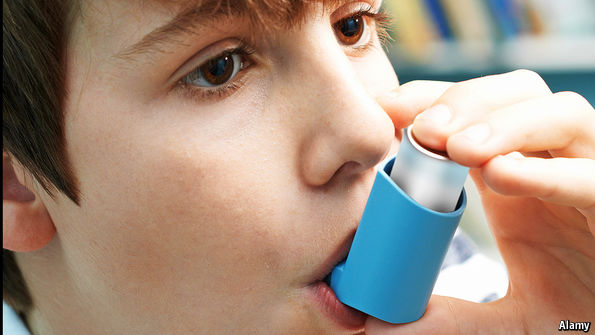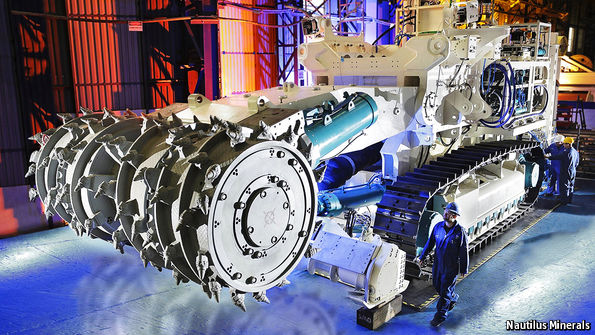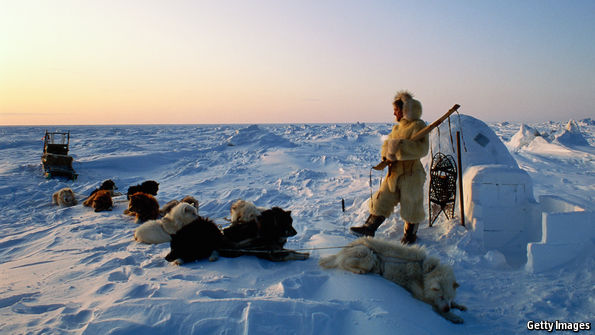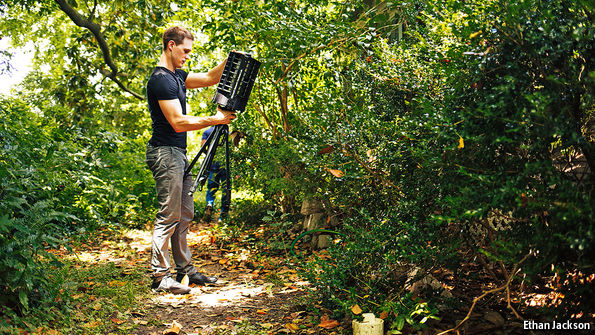Fears that California’s huge Oroville Dam will fail have subsided—for now

FOR the past five years, drought-stricken Californians have implored the heavens for rain. Lately, their prayers have been answered more torrentially than many may have wished. This winter is shaping up to be California’s wettest on record. The snowpack on the Sierra Nevada (a crucial water supply for the long, dry summer) is almost double its normal depth, and near-empty reservoirs are filling fast to the brim. To many farmers and residents, the peripatetic visitor from the tropics responsible for their dousing—an “atmospheric river” (known colloquially as the Pineapple Express) that is hundreds of miles wide and carries more moisture than the Amazon—has outstayed its welcome.
None may wish an end to the deluge more than the good people living downstream of the Oroville Dam, 75 miles (120km) north of Sacramento, which came close to failing catastrophically on February 12th. Some 188,000 people in communities along the Feather River below the dam were given notice to evacuate, as engineers worked feverishly to prevent an uncontrolled release of water from the 770-ft (235m) high dam—the highest in America.
With yet more storms on…Continue reading
Source: Economist












